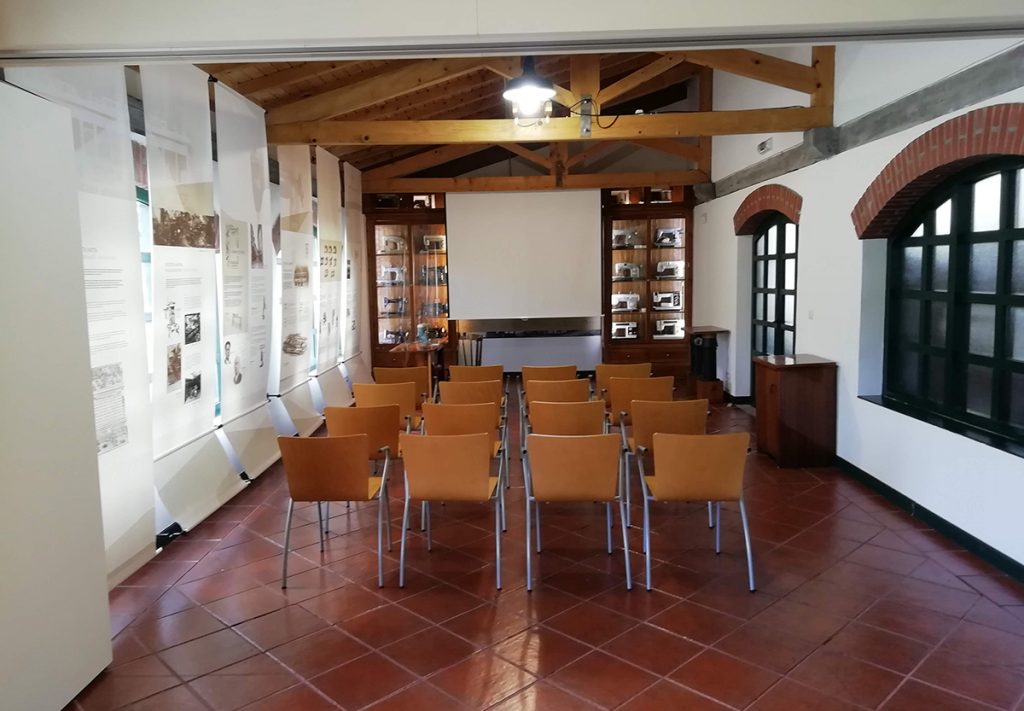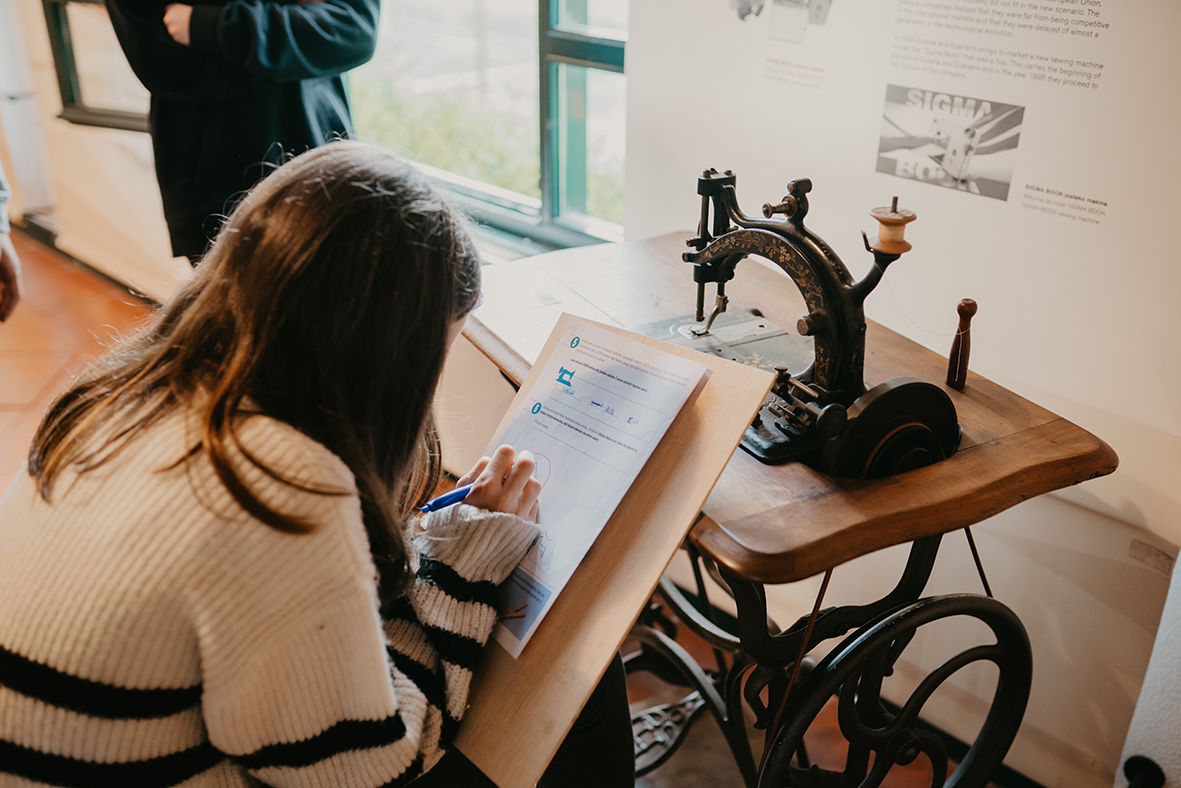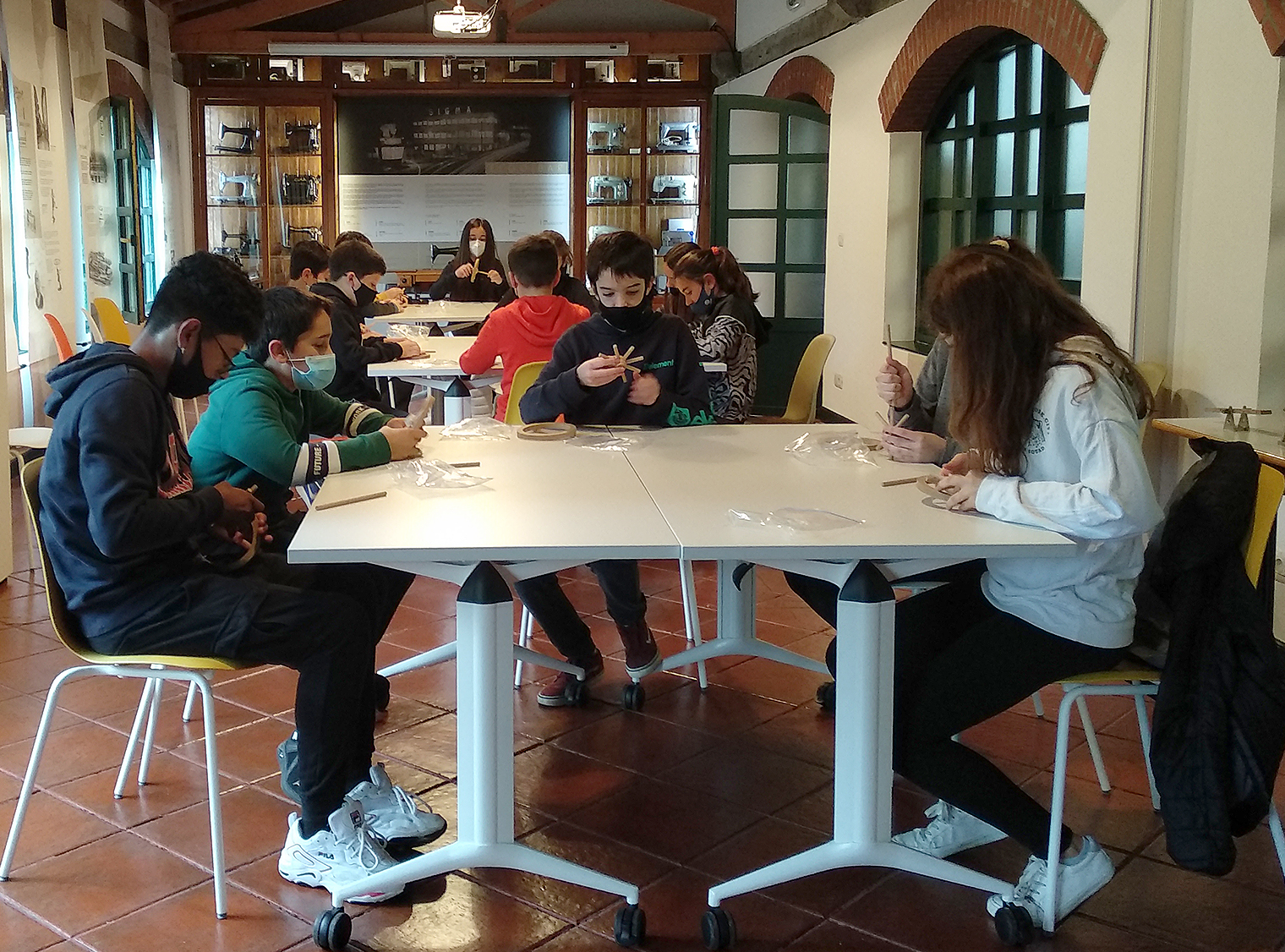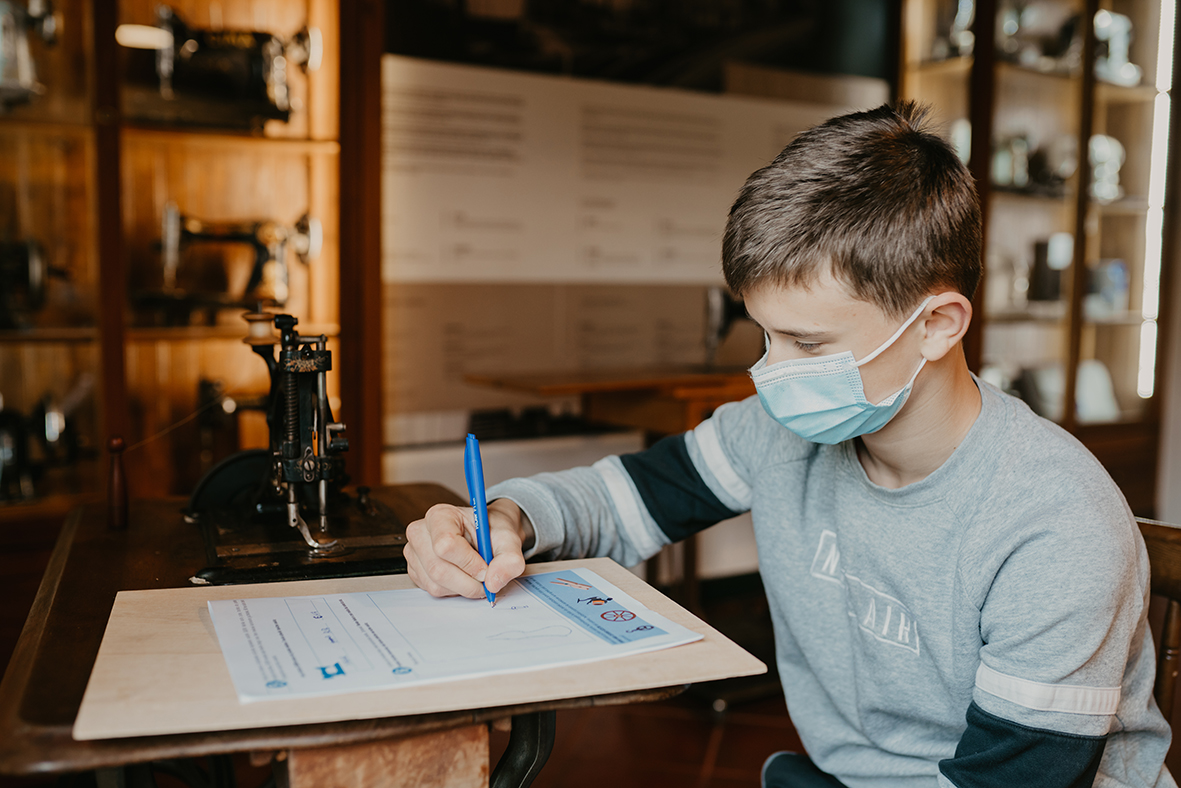Patxi Aldabaldetrecu Hall
This hall bears the name of the first president of the Elgoibar Machine Tool Museum. The exhibition takes a historical look at our industrial tradition and the company Estarta y Ecenarro. The hall exhibits different models of Sigma sewing machines manufactured by the company from Elgoibar. Also on display are sewing machines of national and international manufacture, such as Alfa, Singer, Titania Kay & Co, among others.
Sigma
At the end of the Civil War in 1939, the managers of “Estarta y Ecenarro” decided to start manufacturing Sigma sewing machines, taking advantage of the fact that the Alfa company in Eibar was seized because of its great republican and socialist significance. Its staff had fled, been imprisoned or killed and the machinery was dispersed.
The company from Elgoibar turned to the German specialist Kart Rübel Wirt, who was originally involved in the design and manufacture of the Alfa sewing machine. The Estarta and Ecenarro company moved to Olaso where new facilities were built for the manufacture of sewing machines. The role of women was fundamental in the manufacture, specifically in the assembly and finishing processes. Estarta y Ecenarro also continued with the manufacture of machine tools.
The first sewing machine was launched onto the market under the name of “Cima” but soon after, the company from Elgoibar was forced to change the brand name because a Swiss watchmaker held the “Cyma” patent for watches of that make.
Sigma exported to more than 50 countries on all continents with its own organisation and major distributors in the UK, Germany, the Netherlands, France and other countries. However, Sigma’s strength was cut short because of the growing supply of ready-made clothes and housewives stopped sewing at home. The demand for sewing machines plummeted and in 1995 the company Estarta y Ecenarro closed down.

















